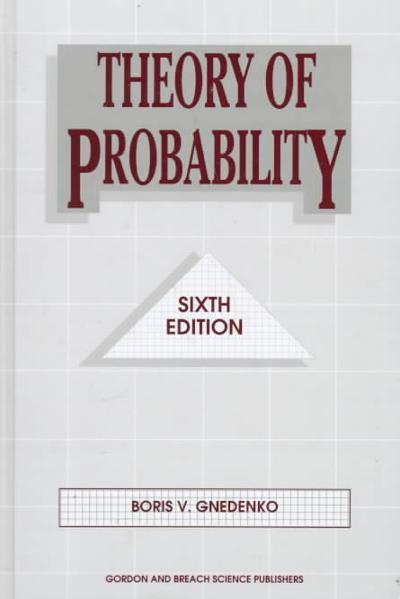A random variable (xi) is distributed according to the logarithmic normal law; i.e., for (x>0) the density
Question:
A random variable \(\xi\) is distributed according to the logarithmic normal law; i.e., for \(x>0\) the density function of \(\xi\) is
\[ p(x)=\frac{1}{x \beta \sqrt{2 \pi}} e^{-\frac{1}{2 \beta^{2}}(\ln x-\alpha)^{2}} \]
\((p(x)=0\) for \(x \leqslant 0)\). Find \(M \xi\) and \(D \xi\).
(A. N. Kolmogorov has demonstrated that particle sizes in crushing obey the logarithmic normal distribution law.)
Fantastic news! We've Found the answer you've been seeking!
Step by Step Answer:
Related Book For 

Question Posted:





